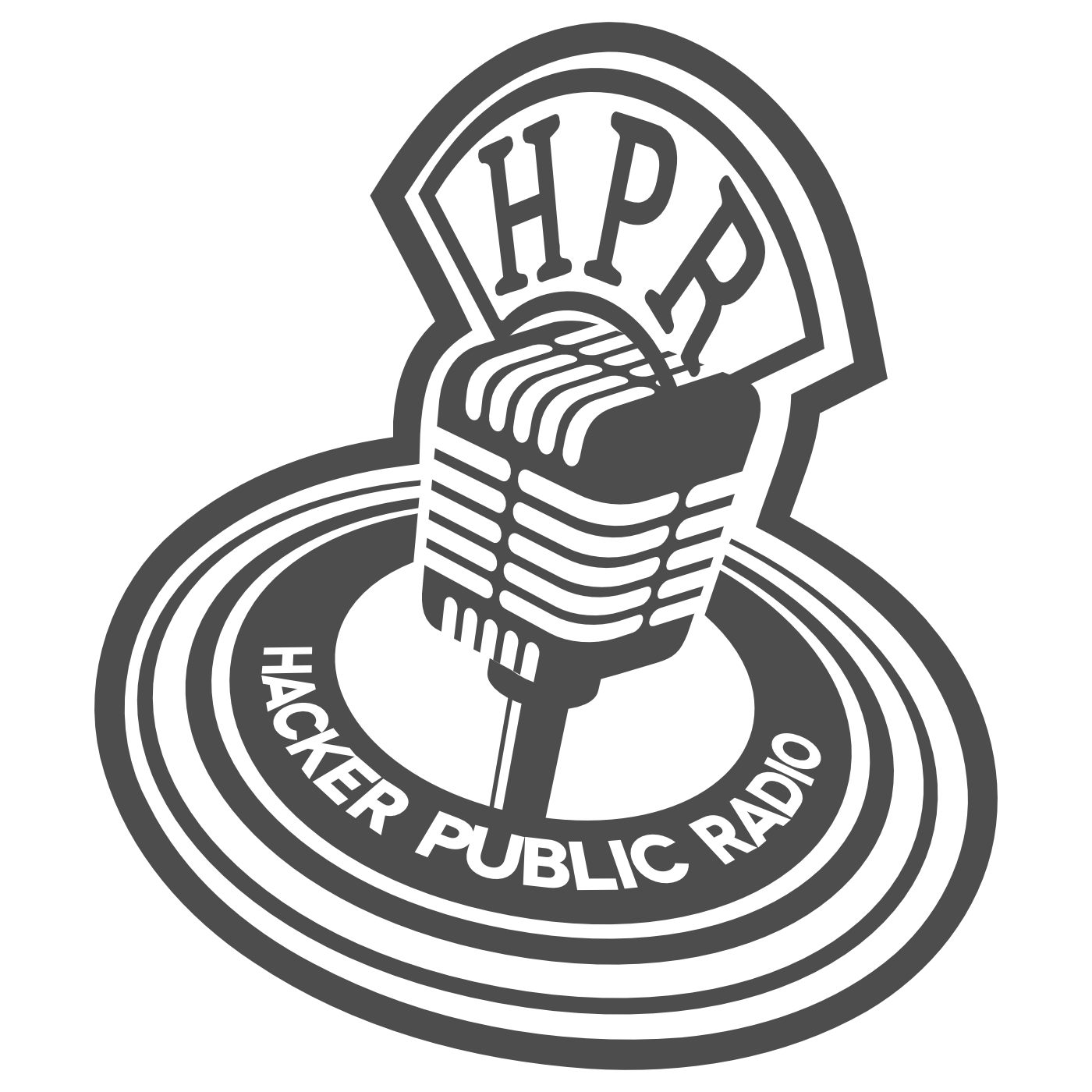HPR4488: Cheap Yellow Display Project Part 2: What is the problem?
Update: 2025-10-15
Description
Hello again. this is Trey.
This is part 2 in my Cheap Yellow Display (CYD) Project series. You can find Part 1 in
episode 4472
.
We previously left our handy hero learning about the technology of the CYD, but without a compelling reason to begin using one. As we rejoin the topic, it was Winter Field Day 2025 (Jan 25 & 26, 2025).
Winter Field Day
is an annual event where amateur radio operators from around the world gather some portable radio equipment and setup somewhere away from their normal base of operations. It is designed to encourage operators to practice their emergency preparedness skills in unfavorable weather. Usually, they will run their equipment using batteries or generators.
I chose this day because I knew there would be a good amount of radio traffic. I had just finished tuning my first handmade inverted-V dipole antenna for use on the 10 meter amateur radio bands. These span
28 MHz to 29.700 MHz.
I had the antenna connected to a 10 meter transceiver to listen in on the radio traffic. Yes, I will include pictures of the antenna in the show notes.
Scanning through the lower end of the band resulted in receiving a number of very strong continuous wave signals. Continuous wave, is abbreviated CW in amateur radio circles, and it stands for morse code signals transmitted over radio frequencies. The tones indicating dots and dashes of Morse code were clearly audible through the radio's speaker.
"WAIT! STOP! Time out!!" I can hear you shouting as you listen. "This is supposed to be a discussion of the ESP32 CYD. What does this have to do with amateur radio?"
You are absolutely right. Now hold your horses and we will get there.
I barely learned Morse code as a child, and I used it a bit as an aviator in the '90s (while always being able to reference a visual representation of the Morse beside the actual letters). Thus, I never became proficient. Shortly after Winter Field Day 2025, I began taking lessons on Morse code, with the goal of becoming proficient at both sending and receiving at around 20 words per minute. This training may be a topic for another episode in a different series, as my journey advances.
Scanning further up the band, I also identified some digital transmissions (Probably FT-8) and many voice transmissions.
This is part 2 in my Cheap Yellow Display (CYD) Project series. You can find Part 1 in
episode 4472
.
We previously left our handy hero learning about the technology of the CYD, but without a compelling reason to begin using one. As we rejoin the topic, it was Winter Field Day 2025 (Jan 25 & 26, 2025).
Winter Field Day
is an annual event where amateur radio operators from around the world gather some portable radio equipment and setup somewhere away from their normal base of operations. It is designed to encourage operators to practice their emergency preparedness skills in unfavorable weather. Usually, they will run their equipment using batteries or generators.
I chose this day because I knew there would be a good amount of radio traffic. I had just finished tuning my first handmade inverted-V dipole antenna for use on the 10 meter amateur radio bands. These span
28 MHz to 29.700 MHz.
I had the antenna connected to a 10 meter transceiver to listen in on the radio traffic. Yes, I will include pictures of the antenna in the show notes.
Scanning through the lower end of the band resulted in receiving a number of very strong continuous wave signals. Continuous wave, is abbreviated CW in amateur radio circles, and it stands for morse code signals transmitted over radio frequencies. The tones indicating dots and dashes of Morse code were clearly audible through the radio's speaker.
"WAIT! STOP! Time out!!" I can hear you shouting as you listen. "This is supposed to be a discussion of the ESP32 CYD. What does this have to do with amateur radio?"
You are absolutely right. Now hold your horses and we will get there.
I barely learned Morse code as a child, and I used it a bit as an aviator in the '90s (while always being able to reference a visual representation of the Morse beside the actual letters). Thus, I never became proficient. Shortly after Winter Field Day 2025, I began taking lessons on Morse code, with the goal of becoming proficient at both sending and receiving at around 20 words per minute. This training may be a topic for another episode in a different series, as my journey advances.
Scanning further up the band, I also identified some digital transmissions (Probably FT-8) and many voice transmissions.
Comments
In Channel





